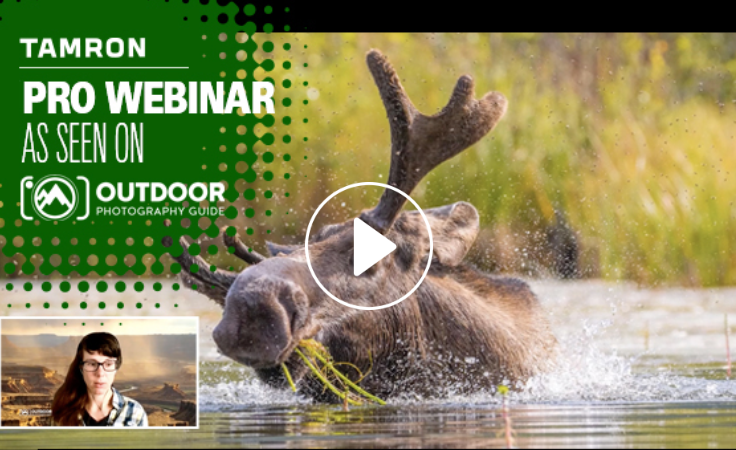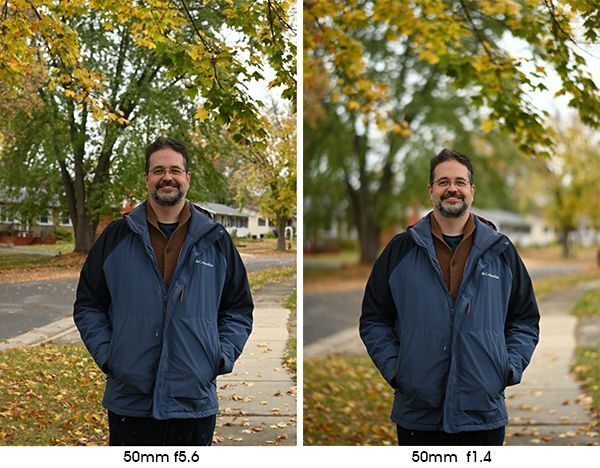What is a prime lens?
I keep hearing people use the term “Prime Lens.” Just what is a prime lens?
I can explain that!
A prime lens is also referred to as a “fixed focal length lens.”
The two types of lenses that we encounter are zoom and prime.
Zoom lenses are identified by their range of focal lengths. 14-24,24-70, 70-200, 150-600 and so on. There are zoom lenses that have a very wide range of focal lengths like 18-400. In the case of the 18-400 for example by zooming the lens from 18mm to 400mm you can get anything from a wide-angle to a long telephoto shot without you having to move forward or backward. At 18mm you can get a picture of the whole team while standing right in front of them on the sideline. Zoom the lens to 400mmand now you can get the shot of a single player that is out on the field. All without having to walk closer or backing up.
Prime lenses are identified by their fixed focal length. There are many, many lengths available but just for some examples 14mm, 24mm, 50mm, 85mm,300mm, and 500mm or longer. When using a prime lens you look in your camera and what you see is what you get. There is no zooming so if you need to get closer you start walking closer. If you want a wider angle you walk in the other direction. When using a prime lens you zoom with your feet. So it sounds like a zoom lens is the way to go, right?
Hey buddy! Not so fast. When considering a lens we don’t just think about the focal length or the zoom range. The other consideration is speed. When we are talking lenses the aperture might be just as important as the zoom range or focal length. If you are shooting portraits you may be super interested in getting images with a creamy out of focus background (bokeh). Yea, that is what I want! For that, you are going to need a fast lens. Let me take a minute to explain how this works. The way to get that bokeh everyone keeps talking about is by narrowing the depth of field. Here is what we need to know about that. The larger the aperture (lower f-stop) that we can open our lens, the less the depth of field so we are heading in the right direction if we are trying to get nice bokeh. Let’s say you have a 24-120 zoom and it has an aperture of f4. You also have an 85mm f1.8 prime lens. Better yet let’s say you have an 85 f1.4 (You are innocent when you dream). You can set the 24-120to the 85mm focal length. However, your maximum wide open aperture with the zoom is f4. 85mm at f4 is not going to produce the bokeh we are looking for because at f4 we have too much depth of field. Now we switch lenses to the prime 85mm and we open the aperture to f1.4. Guess what? Super nice bokeh, that very creamy out of focus background that we are going for. If you have a 50mm f1.8 and compare the results you would get from using that at f1.8, you will get a nicer bokeh than you will with the 24-120 at f4. The 85mm f1.4 will give better results than the50mm f1.8 for two reasons. First, the 85mm f1.4 has the wider aperture and we already know that the lower f-stop gives less depth of field. Second, we also know that the longer the lens, the less depth of field at the same aperture. So at f1.8the 85mm has less depth of field than the 50mm. Now open the 85 to 1.4 and you are really in the bokeh business. Of course, when we are going for a nice out-of-focus background the other thing to consider is your distance to your subject and the distance of your subject to the background. This all plays into the final results.
There are some pretty fast zooms available like 70-200 f2.8and those are great for wildlife and sports but if we set it at 50mm or 85mm we are still stuck at f2.8 and the 50 1.8 or 85 1.4 will still beat it at bokeh.
In general prime lenses will be not only faster, but they will usually give sharper images.
Here are two pictures shot with a 50mm f1.4 lens and you can see the effect that the aperture has on the depth of field.
When shooting with the prime lens the background is less distracting thus drawing attention to the subject of your portrait.
If you get closer to your subject you might be able to have the background completely out of focus forcing the viewer to concentrate only on your main subject.

There is a wide price range in prime lenses. Depending on what make of camera you have you could get started with a 50mm f1.8 in the $130.00 to $200.00 price range. Even the 85mm f1.8 lenses are not super expensive. When you start looking at the faster f1.4 50 and 85mm lenses the price can go up pretty fast. But starting with a 50mm f1.8 is a great idea for just about everyone. They are quite small and light and will be very useful for low light photos like a kid's birthday party! I will go so far as to say that it might be one of the best and most handy investments you can add to your camera bag.
The pictures below were shot with an 80mm lens.

Recent POsts












